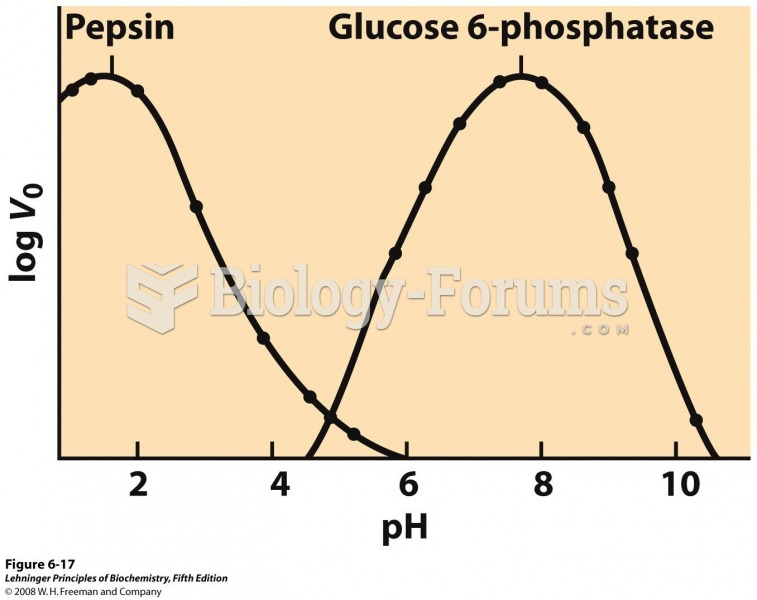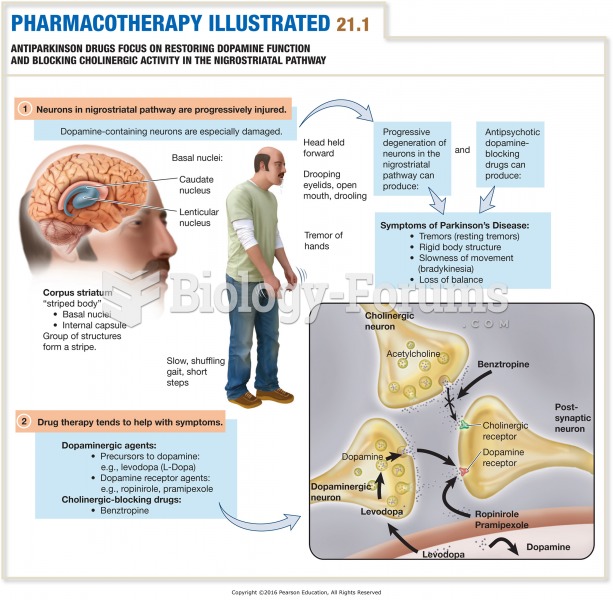Answer to Question 1
Note: In some print versions of the text, the name of the company is referred to in one place as Fitzgerald rather than the correct name of Parker Manufacturing.
1. Both number of units inspected and inspection labor-hours are plausible cost drivers for inspection costs. The number of units inspected is likely related to test-kit usage, which is a significant component of inspection costs. Inspection labor-hours are a plausible cost driver if labor hours vary per unit inspected because costs would be a function of how much time the inspectors spend on each unit. This is particularly true if the inspectors are paid a wage, and if they use electric or electronic machinery to test the units of product (cost of operating equipment increases with time spent).
2. Solution Exhibit 10- 33 presents (a) the plots and regression line for number of units inspected versus inspection costs and (b) the plots and regression line for inspection labor-hours and inspection costs.
EXHIBIT 10- 33A
Plot and Regression Line for Units Inspected versus Inspection Costs for Parker Manufacturing
EXHIBIT 10- 33B
Plot and Regression Line for Inspection Labor-Hours and Inspection Costs for Parker Manufacturing
Goodness of fit. As you can see from the two graphs, the regression line based on number of units inspected better fits the data (has smaller vertical distances from the points to the line) than the regression line based on inspection labor-hours. The activity of inspection appears to be more closely linearly related to the number of units inspected than inspection labor-hours. Hence number of units inspected is a better cost driver. This is probably because the number of units inspected is closely related to test-kit usage, which is a significant component of inspection costs.
Significance of independent variable. It is hard to visually compare the slopes because the graphs are not the same size, but both graphs have steep positive slopes indicating a strong relationship between number of units inspected and inspection costs, and inspection labor-hours and inspection costs. Indeed, if labor-hours per inspection do not vary much, number of units inspected and inspection labor-hours will be closely related. Overall, it is the significant cost of test-kits that is driven by the number of units inspected (not the inspection labor-hours spent on inspection) that makes units inspected the preferred cost driver.
3. At 160 inspection labor hours and 1,500 units inspected:
Inspection costs using units inspected = 98.79 + (2.02 1,500) = 3,128.79
Inspection costs using inspection labor-hours = 3.89 + (20.06 160) = 3,213.49
If Sharon uses inspection-labor-hours she will estimate inspection costs to be 3,213.49, 84.70 (3,213.49 3,128.79) higher than if she had used number of units inspected. If actual costs equaled, say, 3,160, Sharon would conclude that Parker has performed efficiently in its inspection activity because actual inspection costs would be lower than budgeted amounts. In fact, based on the more accurate cost function, actual costs of 3,160 exceeded the budgeted amount of 3,128.79. Sharon should find ways to improve inspection efficiency rather than mistakenly conclude that the inspection activity has been performing well.
Answer to Question 2
B







